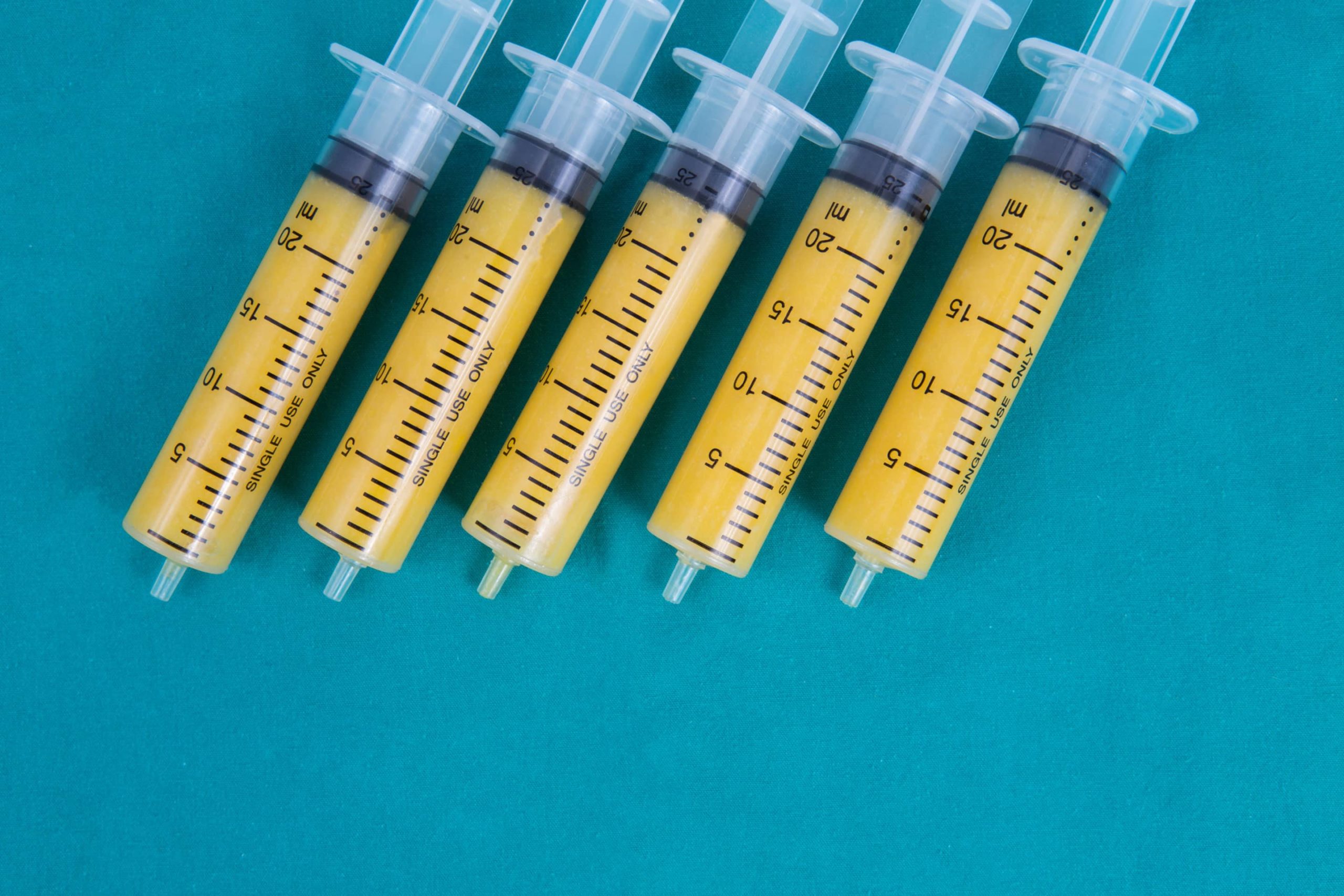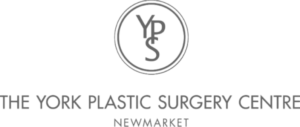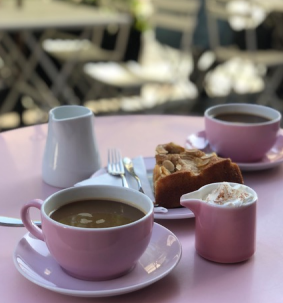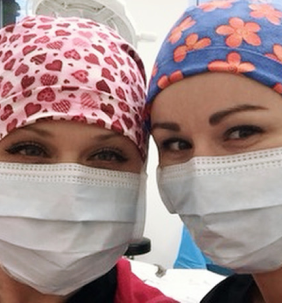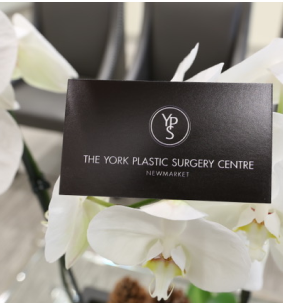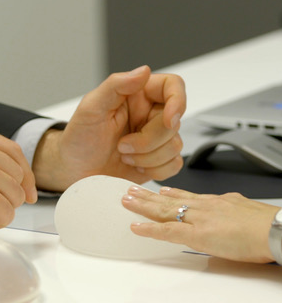Fat Transfer to Breasts: An Alternative to Implants
Fat transfer to the breasts (also called lipofilling) is done by extracting fat from various parts of the body and transferring it to the breasts. The fat is harvested using a liposuction technique and then strategically placed to provide a good cosmetic result and to enable much of the transferred fat to survive. The obvious advantage of using your own natural fat tissue rather than breast implants, is that the long-term problems associated with implants can be avoided, like implant rupture, abnormal firmness or shape due to capsular contracture, and other health concerns.
If you are considering whether fat transfer is right for you, it is important to realize that the amount of fat that can be transferred is typically modest. If a surgeon tries to inject too much fat during a single procedure, the fat will not survive within the breast but will simply break down and be resorbed, or form pockets of oil. For many patients, the final breast size might be a cup size larger or possibly less. Also, slim patients without much fat tissue elsewhere on their body might not have enough fat to harvest (for example, from the thighs or abdomen). It is not uncommon for patients seeking breast lipofilling to require a second procedure to further increase their breast size, so these added costs must be considered.
As mentioned above, fat transfer to the breasts has the advantage of enlarging your breast using your own tissue, but there are unique risks associated the procedure. For example, additional small incisions are required at the sites where fat is harvested. These scars usually fade very well but permanently visible or raised scars (keloids) are a risk with any surgical procedure. Harvesting fat can lead to visible contour irregularities, loose skin, fluid collections, chronic numbness or pain, injury to surrounding organs, or other complications. When fat is injected, cysts or calcium deposits can result, which might be misinterpreted on mammograms to be a cancerous lesion. At the time of writing this blog, fat transfer to the breasts is not thought to increase the risk of breast cancer, but research is ongoing.
In my practice, I have found breast lipofilling to be a useful technique for filling breast contour irregularities after lumpectomy or reconstruction for breast cancer, and it can also help treat more complex cosmetic surgery cases such as asymmetry or unsightly rippling over breast implants. The procedure can also be combined with breast implants to further enhance the final result. It is important to have a consultation with an experienced surgeon who can discuss the best treatment options for your body type. For more information or if you are interested in a complimentary consultation with Dr. Andrade, please call our office at 905 898 2519.
